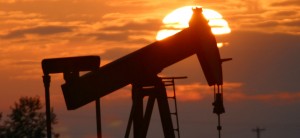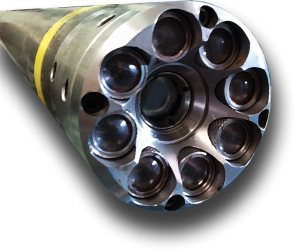Digitalization, sensors dominate new oil/gas technology next 10 years – study
“The low price of oil and gas today changes the landscape of both offshore and unconventional plays”
HOUSTON, TX – A new study from Houston-based consultancy DNV GL says new digital technologies will have a major impact on American onshore and offshore oil and gas production, potentially lowering costs for hard hit E&P companies.
Every five years, DNV GL publishes a Technology Outlook report providing insights into the technology landscape of the next decade. The latest report focuses on top tech trends and the outlook for maritime, oil and gas, energy, and life sciences.
The DNV GL Technology Outlook 2025 identifies four dominant catalysts driving technology innovation for oil and gas: Digitalization, climate change, politics and regulation, sustainable resource consumption.
Oil and gas technology
DNV GL’s research identified four main trends for oil and gas technology developments: Technology for reduced cost, increased recovery, reduced environmental footprint, and increased safety.
Drilling operations account for approximately half the cost of field development, and have associated safety and environmental risks. Looking ahead, the industry will move toward fully automated drilling operations, reducing the time needed to drill the well by 50 percent and improving overall safety.
In the coming years, Autonomous Underwater Vehicles (AUVs) will be equipped with sonars, cameras, and sensors, which will play a more important role in the operation and maintenance of subsea fields.
Research indicates that autonomous technologies developed for military purposes, AUVs and drones, will replace Remote Operated Vehicles for inspections, again creating greater efficiencies.
 “The low price of oil and gas today changes the landscape of both offshore and unconventional plays,” said Peter Bjerager, executive vice president and regional director, Americas, DNV GL Oil & Gas.
“The low price of oil and gas today changes the landscape of both offshore and unconventional plays,” said Peter Bjerager, executive vice president and regional director, Americas, DNV GL Oil & Gas.
As production increases, so does the demand for completing wells. Completions take time and consume operating costs.
Looking ahead, smart completions will include monitoring precise controls of production zones and improving recovery. These can allow more optimal locations of drainage points for a high recovery factor.







